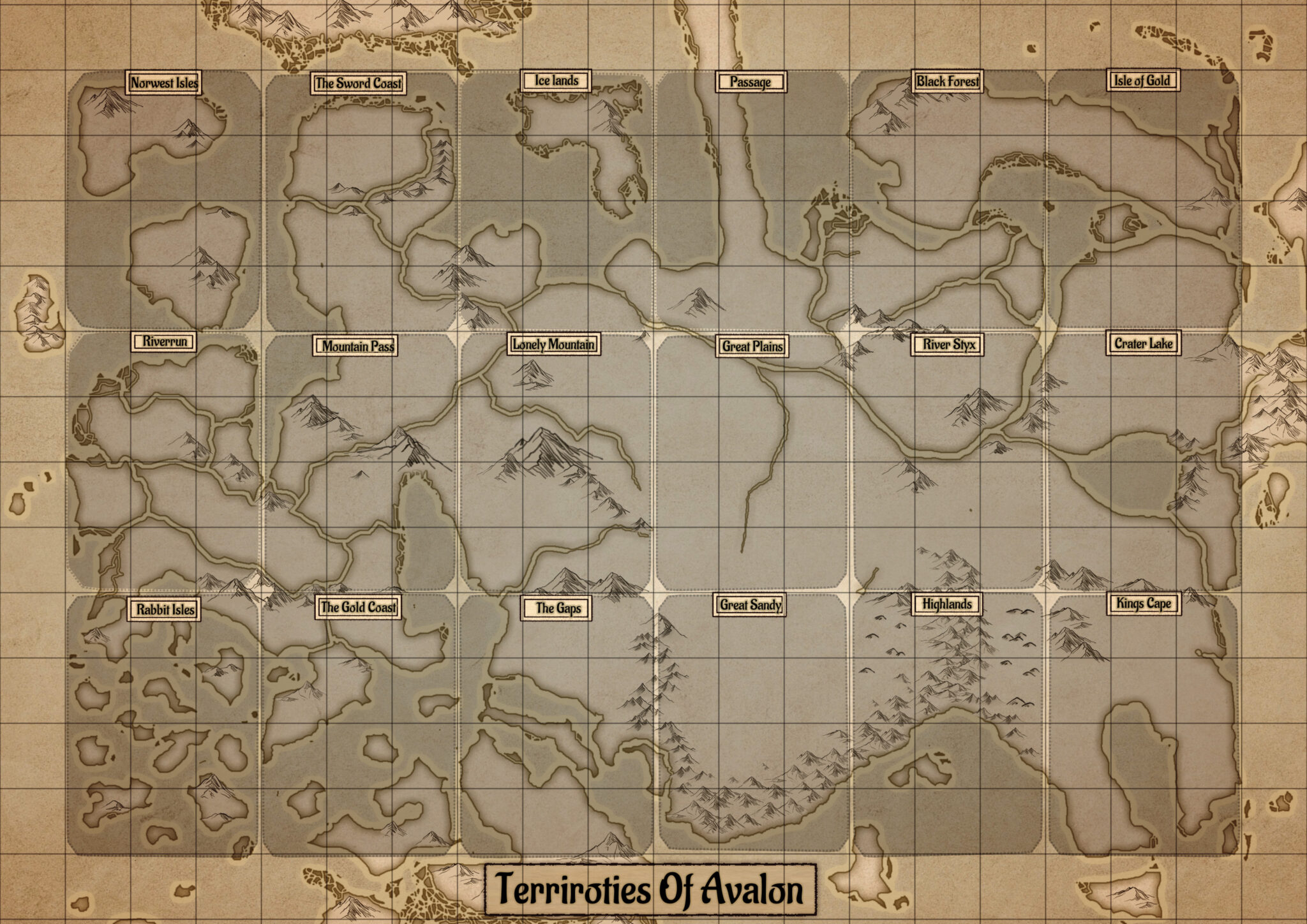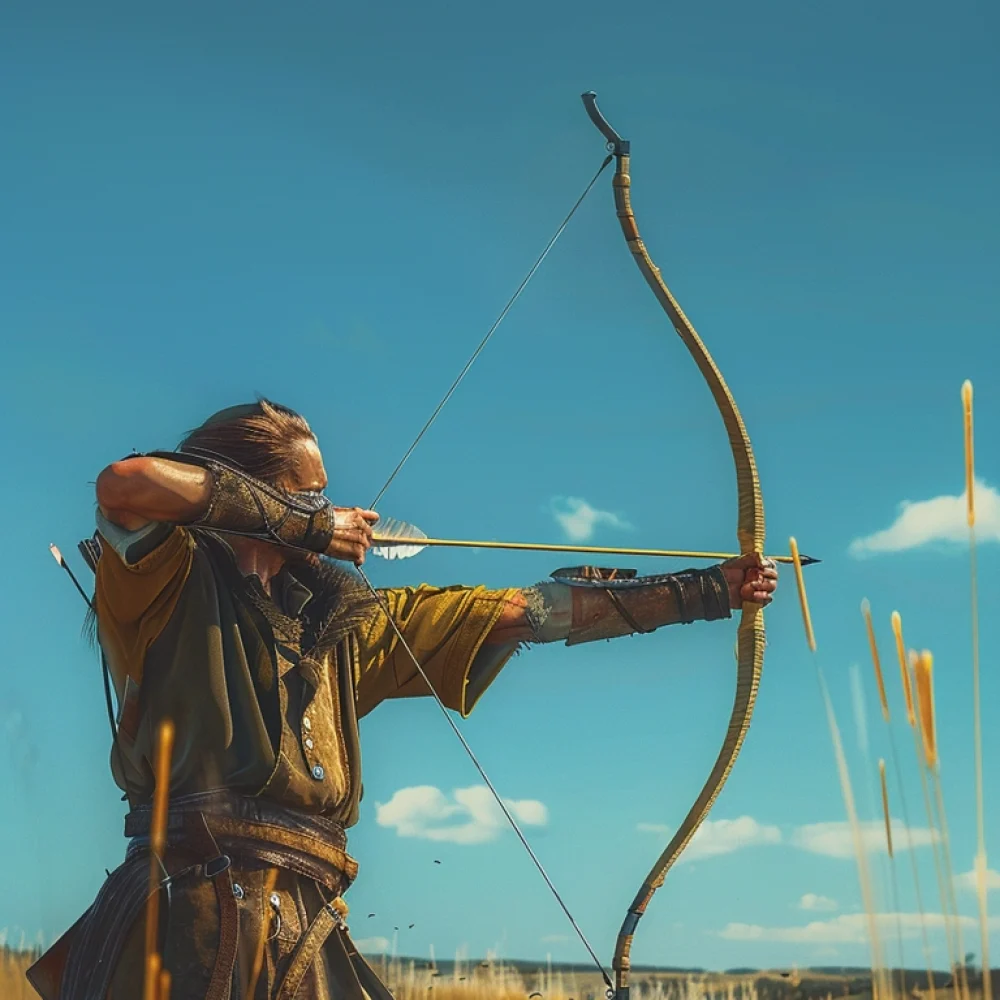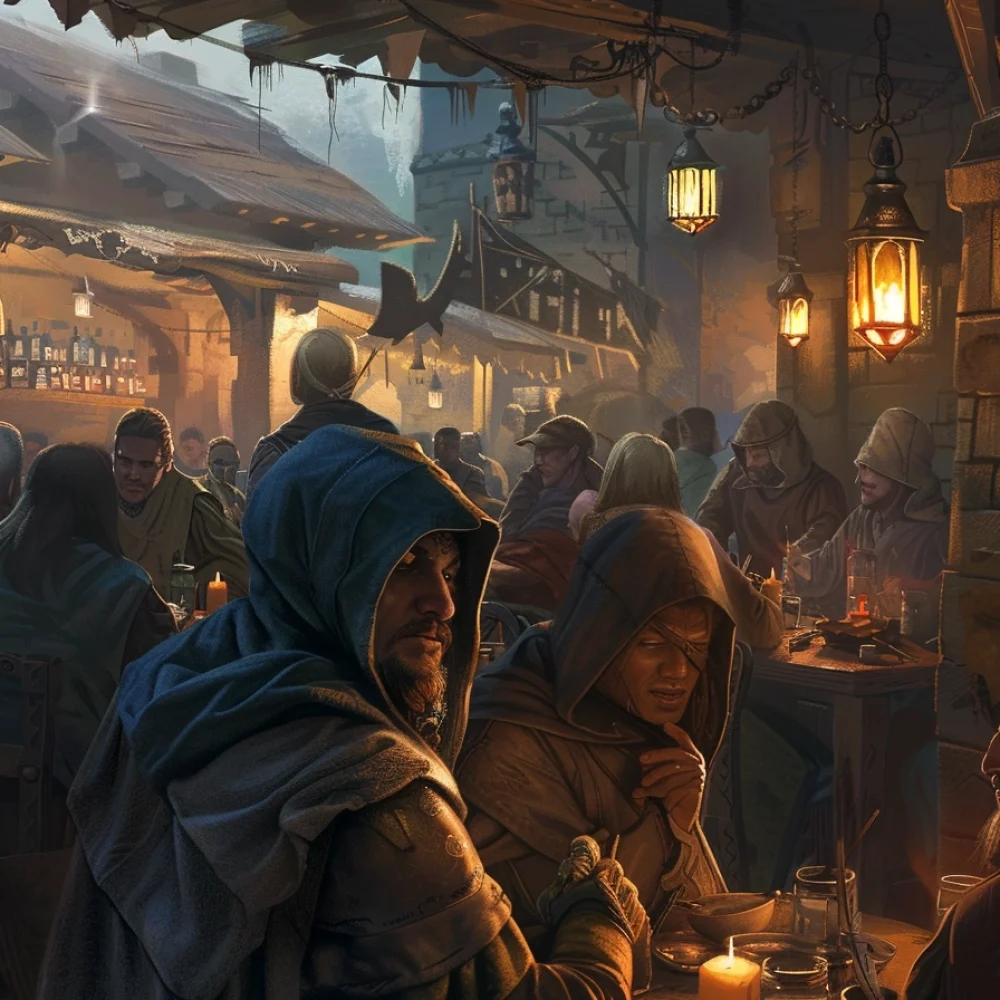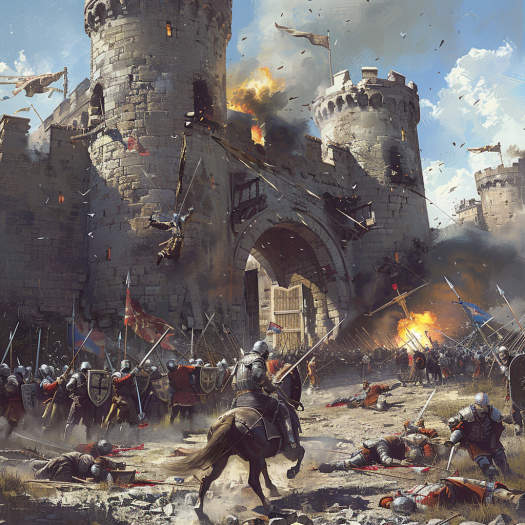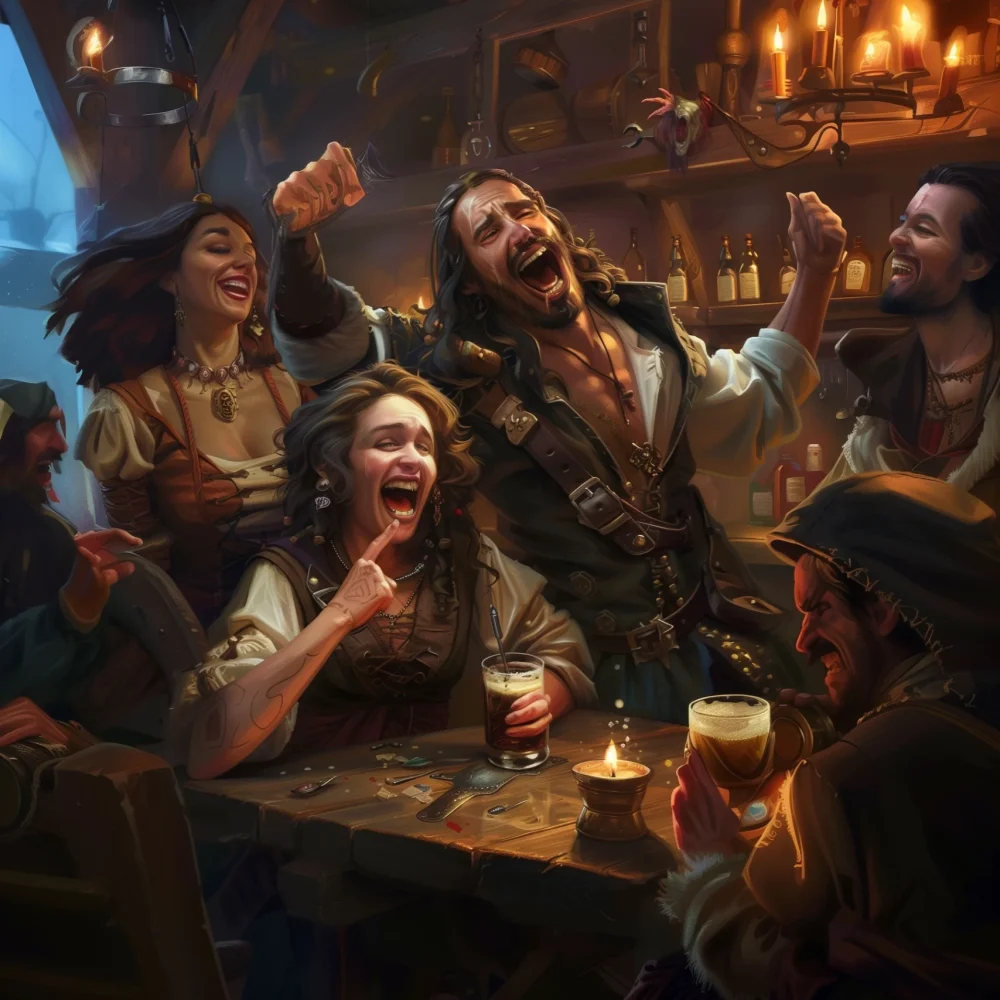Add Your Heading Text Here
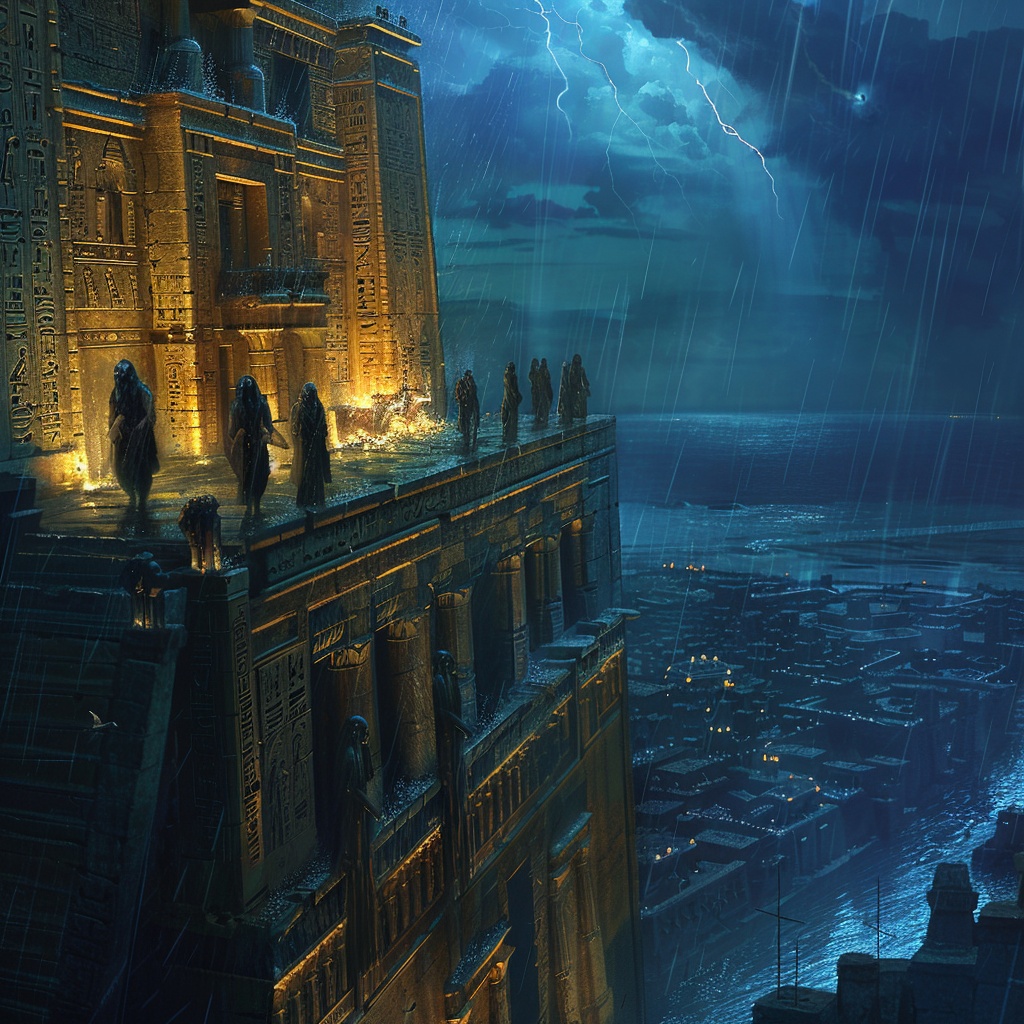
The Story So Far...
Tales tell of an age where the sun shone brightly, where Kingdoms of old adorned gold-topped spires, and their wondrous technologies helped their people flourish.
That was then.
That was before the Great Flood came and washed civilization from the face of the earth.
These days now – these are the dark days.
Those few that survived now must rebuild their lives from nothing and perhaps one day prosper again…
Swords and Stones is set in a post-apocalyptic fantasy world. You are chosen by your people to be their leader, and must lead them from a journey of nothing and build and maintain a mighty kingdom capable of withstanding fight, famine, or flood.
- Genre :
- Relase :
- Developer :
- Game length
- Platform :
- Modes :
- Strategy, RTS 4X Kingdom builder fantasy wargame
- TBA March 2025
- Sword and Stone Studios
- All-nighter, 4+ Hours
- Tabletop
- Single Player, Co-Op, Competitive and Friendly Multiplayer
The Turn and its Phases
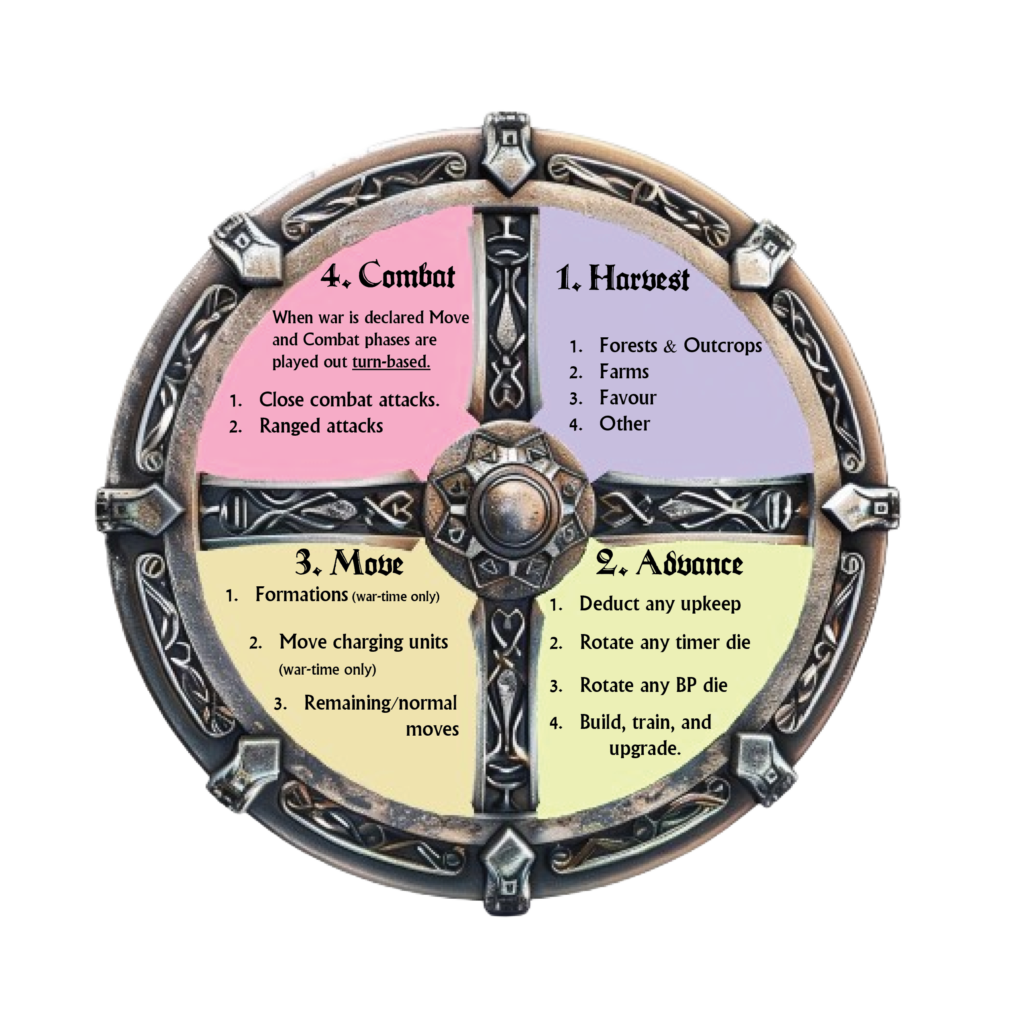
Harvest.
There are many ways to harvest resources in S&S: Villagers are your primary resource harvesters.
Villagers at a forest may harvest wood or hunt for food. Villagers at outcrops can mine for stone, iron, or gold (when present).
Villagers at a water source (lake, ocean, river) may attempt to fish.
Once constructed, Farms also yield food, and are your primary way of feeding your Kingdom.
Also in the harvest phase you may generate favour from worship at a temple, or via tariffs collected from buildings (e.g merchants guild).
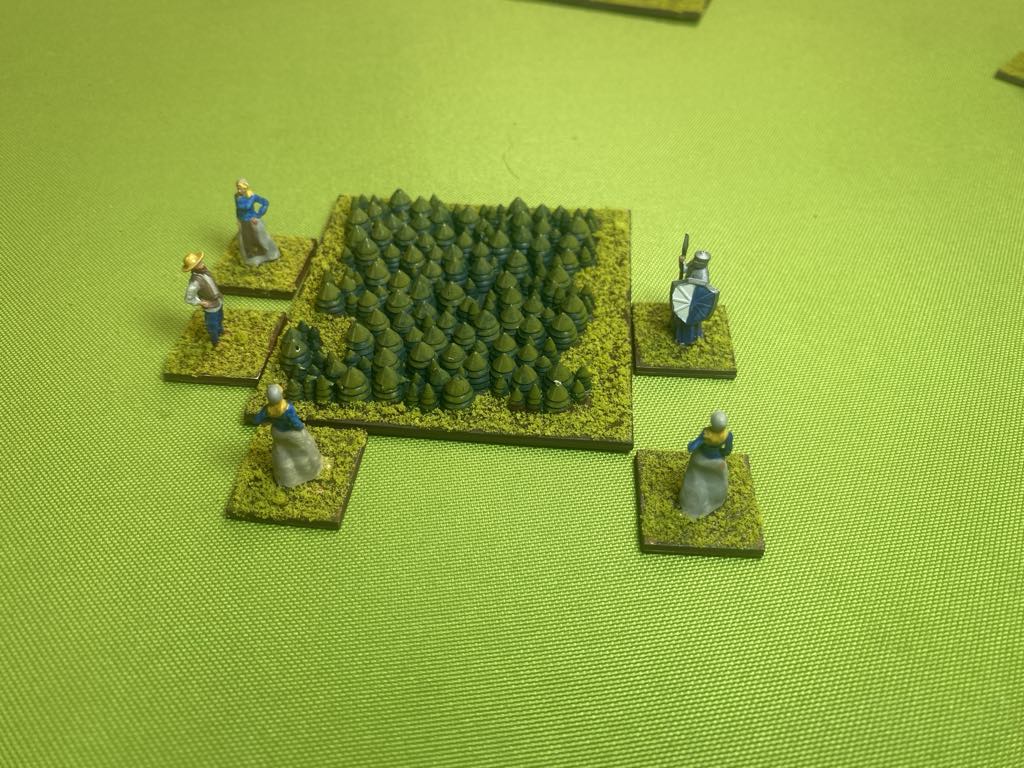
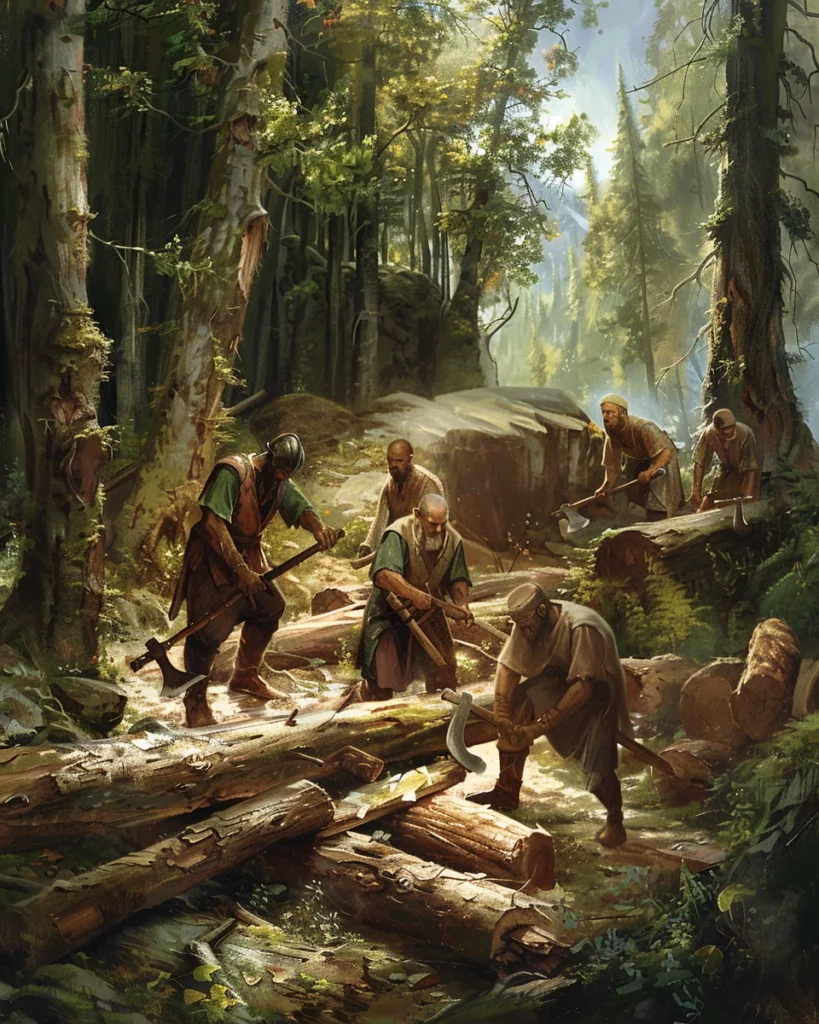
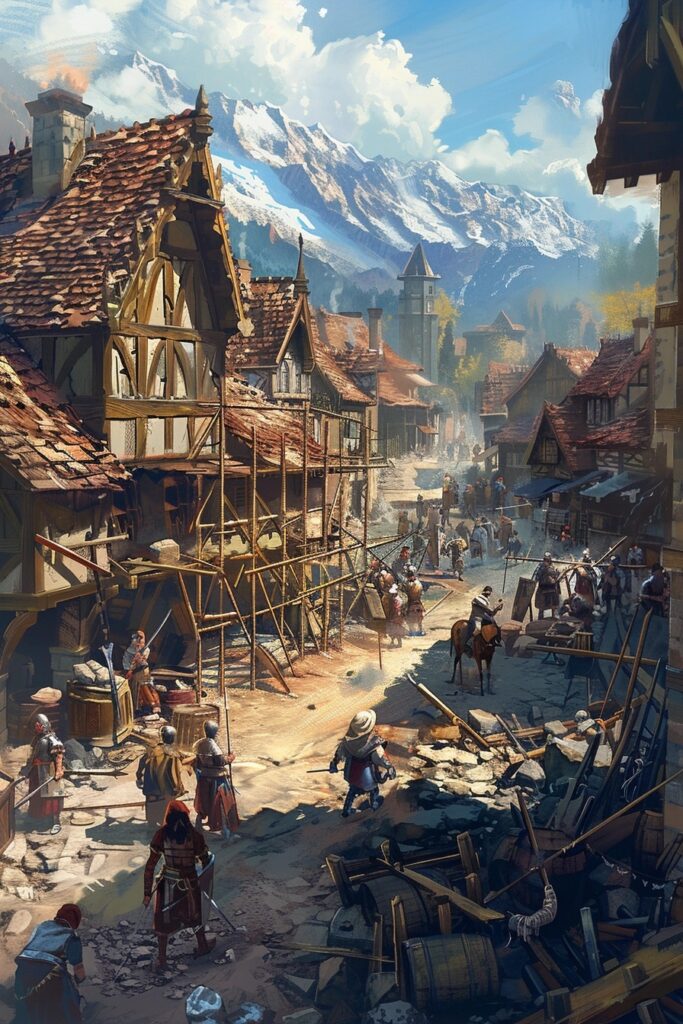
Advance
After the harvest phase comes the advance phase; where you may train units, construct buildings, and purchase upgrades.
Buildings can be placed anywhere on the table, however, mostly confined to your “Kingdom Zone” Buildings require Villagers to build them and take time/work to complete!
Once completed, buildings offer a variety of abilities, upgrades, and can train other units at them, from Monks to Swords, Archers to Casters!
The Advance phase is also where trading and diplomacy can happen between players, and the phase where WAR is declared.
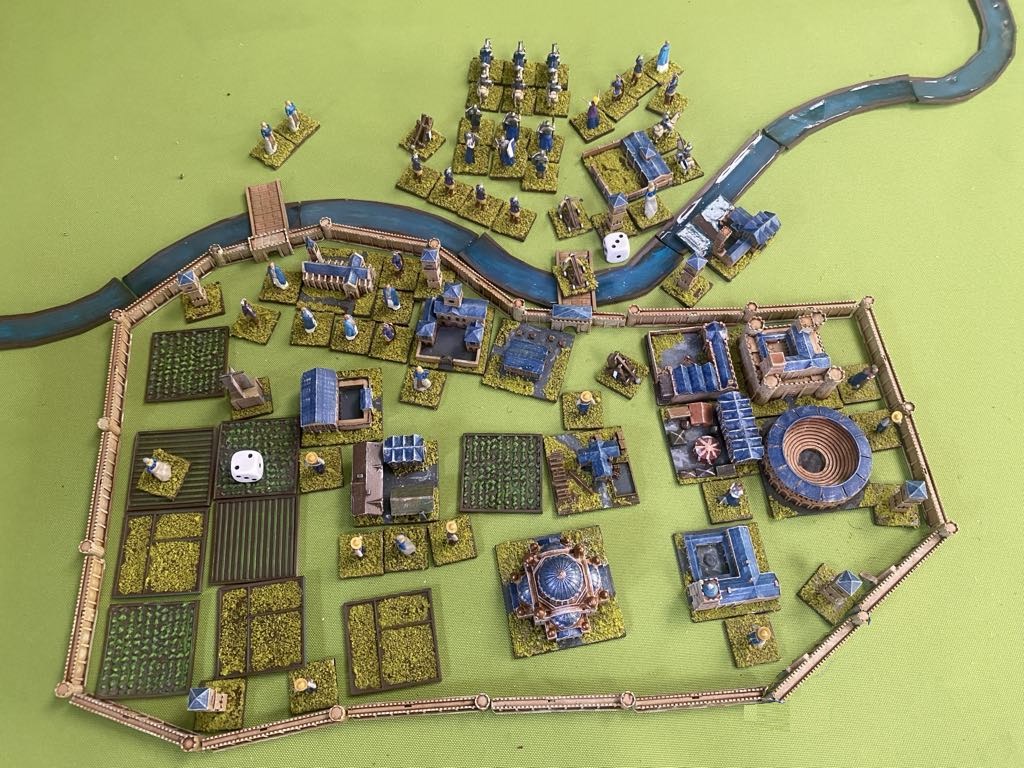
Move and Discover
Pretty simple really, move your units to where they need to go! 3″ is the standard move infantry and villagers can make, per turn.
- Villagers that move into contact with a building foundation will remove 1 BP each advance phase
- A Villager are in contact with with a Resource Site, may look under that site to determine what resources are present (i.e “Discover it”), may harvest from it the following harvest phase.
- When a unit is moved into contact with an enemy unit, they may roll to attack in the combat phase, or if within range – shoot them!
- Terrain features, as well as units and buildings block enemy movement, and can create thousands of unique formations , combinations, and stratagems!
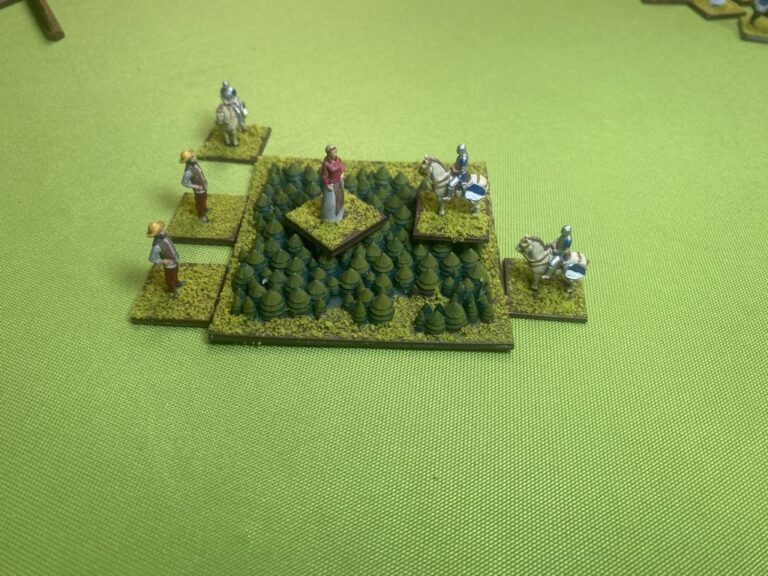
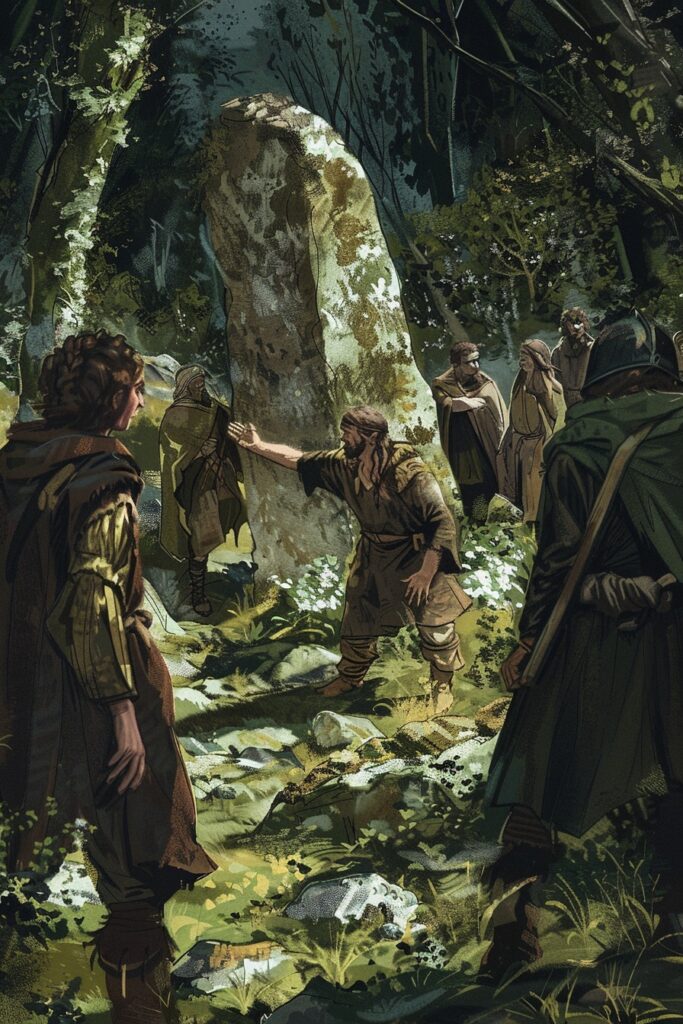
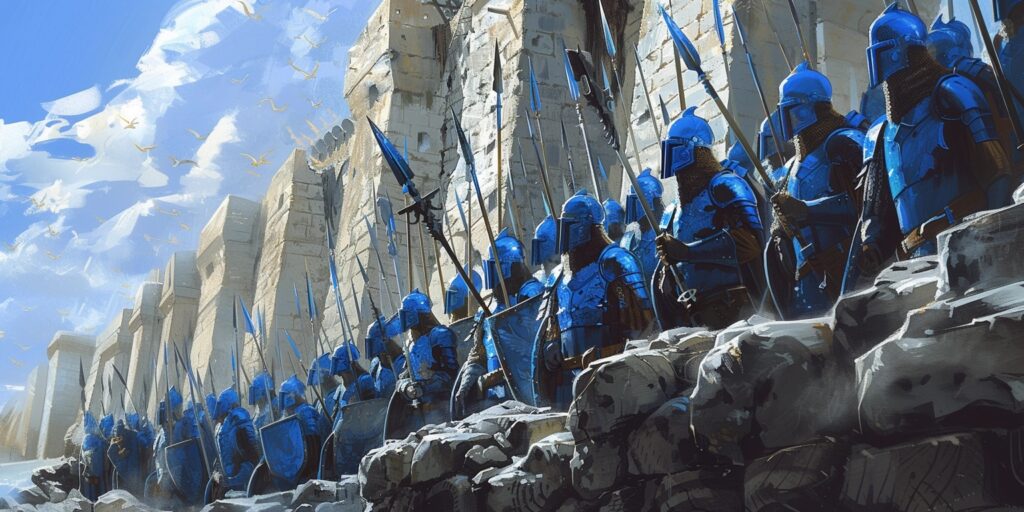
Combat
Combat in Swords and Stones is fast paced, highly dynamic, and as sandboxy are the rest of the game!
Up until this time, all players playout the turns and its phases – at the same time – simultaneously. However, when war is declared – the move and (the now introduced) combat phase now are turn based – with the player that declared war playing through their entire move AND combat phases, before the other player/team does.

Most units in S&S have 1 hitpoint/wound, and can make 1 attack roll per turn.
This, paired with a counterattack mechanism and a “scissors, paper, rock” unit style, makes for intense and highly dynamic battles, where the skill and creativity of the player, how they move their units, and who they attack with what unit, will sway the tide of a battle, and push the game further in their favour.
It is simple, intuitive, and exciting. Like the rest of the game!
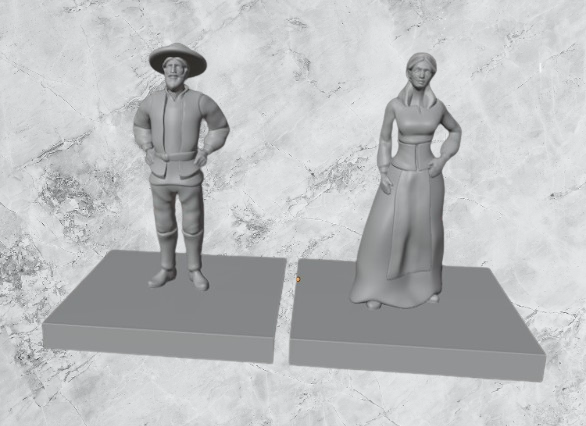
All units in S&S are on a 20x20mm base. A “unit”, be it a Villager, a Catapult, a Knight or a Dragon etc. represents a group of around 50 individuals, which includes their supply wagons, squires, and rest of their entourage.
Due to all units being on a 20x20mm base means that models are of different scales and are meant to merely ‘represent’ that group. S&S units are always in an idol pose, and (although beautifully sculpted) are a simple design and easy to paint (albiet smaller).
This is in contrast to the action poses, and highly intricate models used for 28mm wargames. with infantry units in S&S being half the size of their 28mm cousins.
This ‘same size for all units’ is critical to ease of gameplay, balance, and group formations.
Game Modes
Standard Maps
